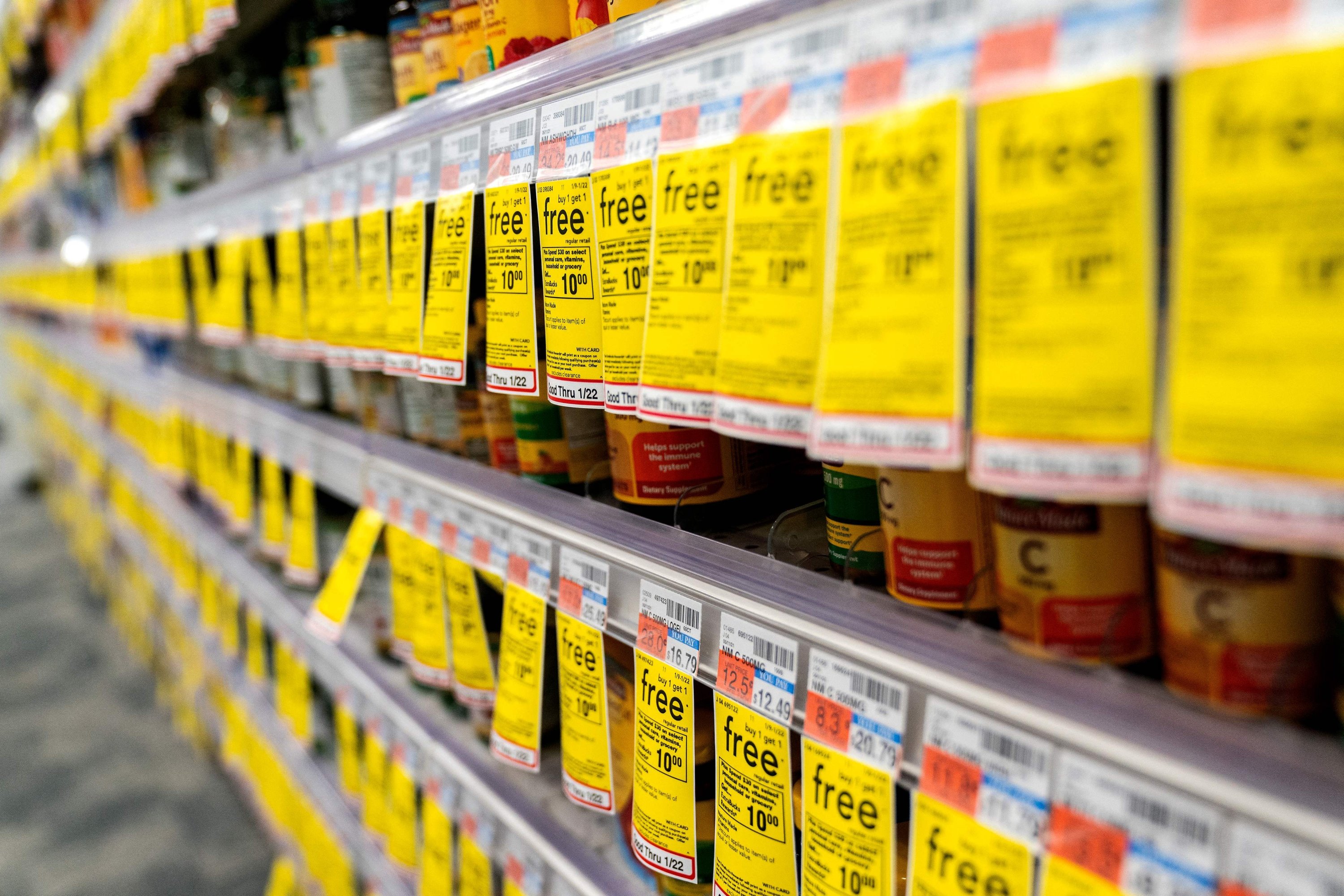Wholesale prices in the U.S. saw a significant increase in July, a movement that economists attribute largely to the effects of new tariffs. The surge in costs for producers, measured by the Producer Price Index (PPI), has raised concerns that these higher expenses will eventually be passed on to consumers. The data, which surprised many analysts, suggests that the economic ripple effects of recent trade policies are starting to become more pronounced, creating a potentially inflationary environment.
The official report from the Department of Labor highlighted a substantial jump in the PPI, indicating that businesses are paying more for the goods and services they use to create their own products. This index serves as a key indicator of inflationary pressure before it reaches the consumer level. The increase was widespread, affecting everything from raw materials to finished goods and various services. The data was a clear sign that the cost of doing business in the U.S. is rising, a direct consequence of the new tariffs on imported goods.
A key factor in this price hike is the implementation of new import taxes, which have made a wide range of foreign products more expensive for American companies. These tariffs act as a direct tax on importers, who then must decide whether to absorb the costs or pass them along to their customers. For now, many businesses have been absorbing some of the costs, but with wholesale prices continuing to climb, this is becoming an increasingly unsustainable strategy. The expectation is that consumers will soon begin to feel the pinch as companies adjust their pricing to maintain profitability.
The increase in wholesale prices is a complex issue, with various sectors being affected differently. For example, industries that rely heavily on imported materials, such as manufacturing and technology, are seeing their costs rise dramatically. Conversely, other sectors that are less dependent on foreign goods may be experiencing more modest increases. This uneven impact creates a challenging economic landscape, as some businesses are forced to raise prices while others can hold the line, leading to a distortion in the market.
Although the surge in wholesale rates is a clear indicator of inflation, its impact on consumer costs remains a topic of discussion among analysts. Some suggest that firms will have no choice but to hike their prices to offset escalated expenses, resulting in an overall rise in the Consumer Price Index (CPI). Conversely, others contend that competitive dynamics and the aim to preserve market share will discourage businesses from escalating prices too rapidly. Nonetheless, the magnitude of the wholesale rate rise in July implies that a notable increase in consumer prices is probably inevitable in the near future.
The Federal Reserve is keeping a close eye on this situation, as the information might impact upcoming monetary policy choices. A persistent rise in inflation would press the Fed to think about increasing interest rates to slow the economy. This would be a challenging choice, as it could also endanger economic growth. The July wholesale price figures have therefore added more complexity to the Fed’s careful balancing, reducing the likelihood of an interest rate reduction soon.
The broader implications of these rising wholesale prices are far-reaching. They could affect everything from consumer spending habits to the profitability of businesses and the overall health of the U.S. economy. For businesses, it means navigating a more challenging environment with higher costs and potential supply chain disruptions.
For shoppers, it signifies the likelihood of spending extra on daily essentials, such as food and electronics, as the consequences of the tariffs trickle down to the store shelves. The report from July serves as an obvious alert that the repercussions of the updated trade strategies are now a significant and immediate issue for all participants in the U.S. economy.

